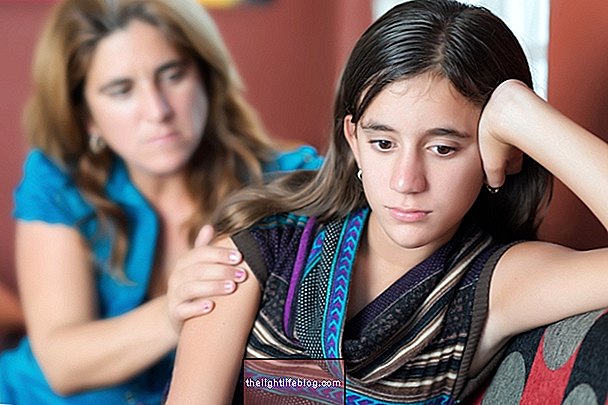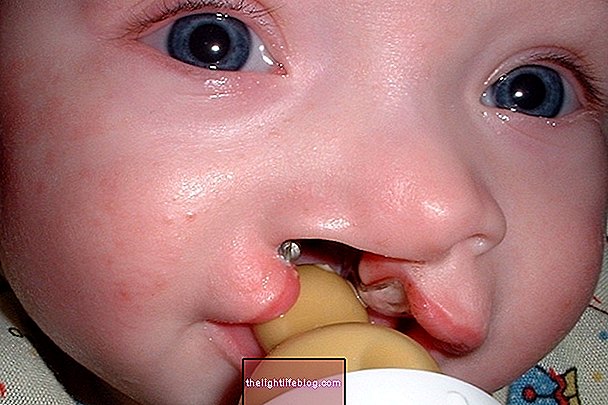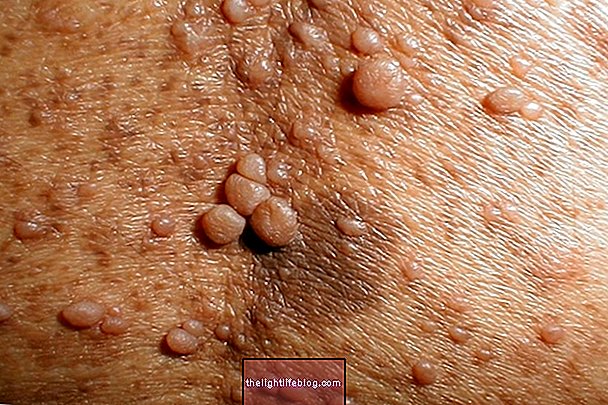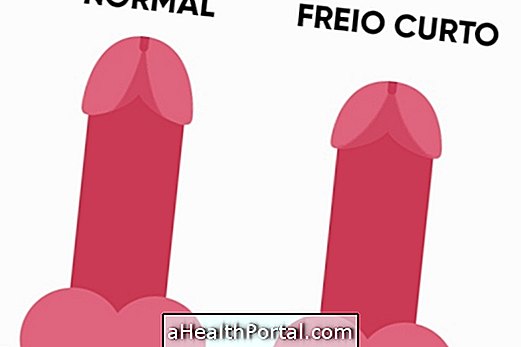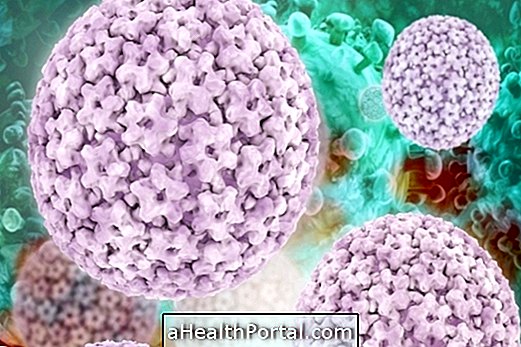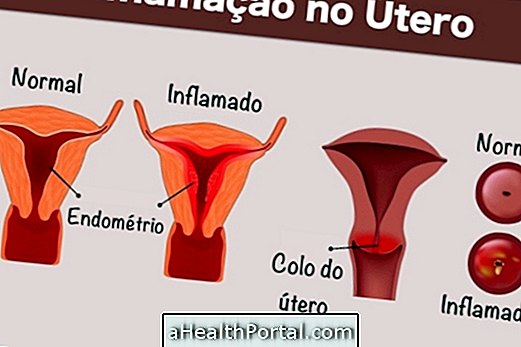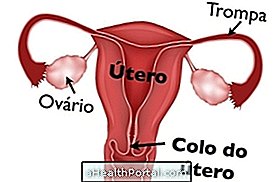Pseudohermaphroditism, also known as ambiguous genitalia, is an intersexual condition in which the child is born with genitals that are not evidently male or female.
Although the genitals can be difficult to identify as being a girl or a boy, there is usually only one type of sex cell producing organ, that is, there are only ovaries or testicles. In addition, genetically, only chromosomes of one sex can also be identified.
To correct this alteration of the external sexual organs, the pediatrician may recommend some types of treatment. However, there are several ethical issues related to the child's psychological development, which may not identify with the sexual gender chosen by the parents, for example.

Main features
The characteristics of pseudohermaphroditism can vary according to the gender defined by the genetic characteristics and can be noticed soon after birth.
Female pseudohermaphroditism
A pseudo-hermaphrodite woman is a genetically normal woman who is born with genitals that resemble a small penis, but which has female internal reproductive organs. In addition, it can also have masculine characteristics, such as excess hair, beard growth or lack of menstruation in adolescence.
Male pseudohermaphroditism
A pseudo-hermaphrodite man is genetically normal, but is born without a penis or with a very small penis. However, it has testicles, which can be located inside the abdomen. It may also present feminine characteristics such as breast growth, absence of hair or menstruation.
Causes of pseudohermaphroditism
The causes of pseudohermaphroditism can vary according to gender, that is, whether female or male. In the case of female pseudohermaphroditism, the main cause is the congenital hyperplasia of the adrenal glands, which alters the production of sex hormones. However, this situation can also occur as a consequence of maternal androgen-producing tumors and the use of hormone medications during pregnancy.
In the case of male hairy hermaphroditism, it is usually associated with low production of male hormones or insufficient amount of Muller inhibitory factor, with no guarantee of the proper development of male sexual organs.
How the treatment is done
The treatment for pseudohermaphroditism should be guided by the pediatrician and may involve some measures, such as:
- Hormone replacement: specific female or male hormones are frequently injected so that the child, during its growth, develops the characteristics related to the selected sex;
- Plastic surgery: several surgical interventions can be made over time to correct the external sexual organs for a specific type of gender.
In some cases, these two forms of treatment can still be used at the same time, especially when there are several altered characteristics, in addition to the sexual organs.
However, the treatment has been the target of several ethical issues, as it can impair the child's psychological development.This is because, if the treatment is done too early, the child cannot choose his gender, but, if done later, it can cause difficulty in accepting his own body.
Was this information helpful?
Yes No
Your opinion is important! Write here how we can improve our text:
Any questions? Click here to be answered.
Email in which you want to receive a reply:
Check the confirmation email we sent you.
Your name:
Reason for visit:
--- Choose your reason --- DiseaseLive betterHelp another personGain knowledge
Are you a health professional?
NoMedicalPharmaceuticalsNurseNutritionistBiomedicalPhysiotherapistBeauticianOther
Bibliography
- MACHADO, José L .; AMARAL, Waldemar N .: MACHADO, Lívia N. et al. Male pseudohermaphroditism: case report. RBUS. Vol 14. 18 ed; 2013

